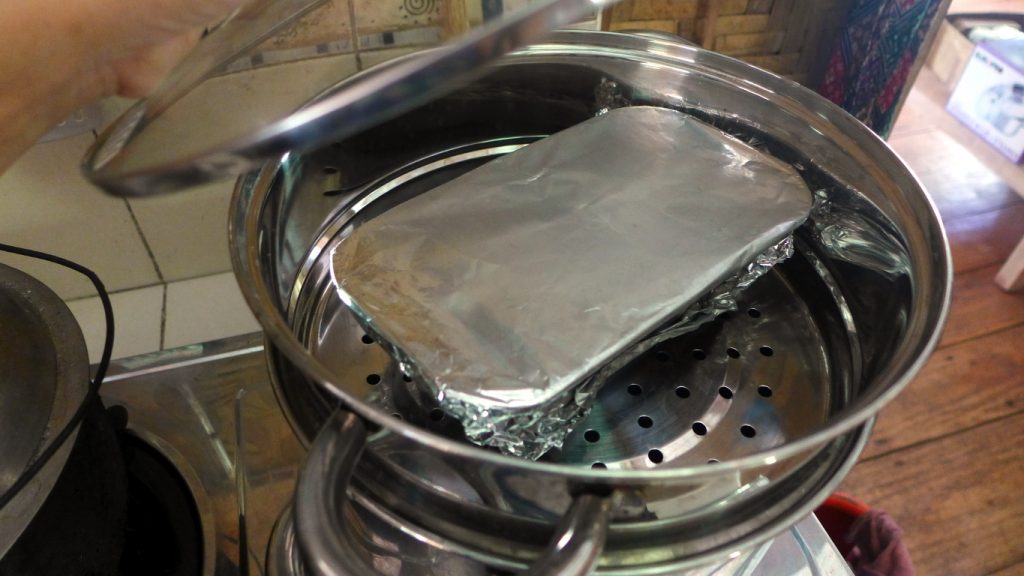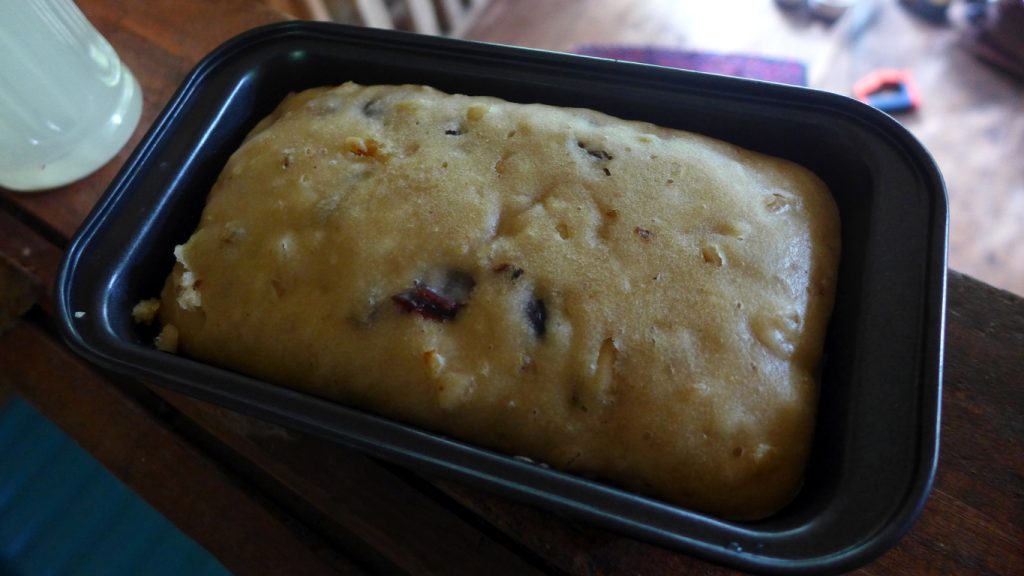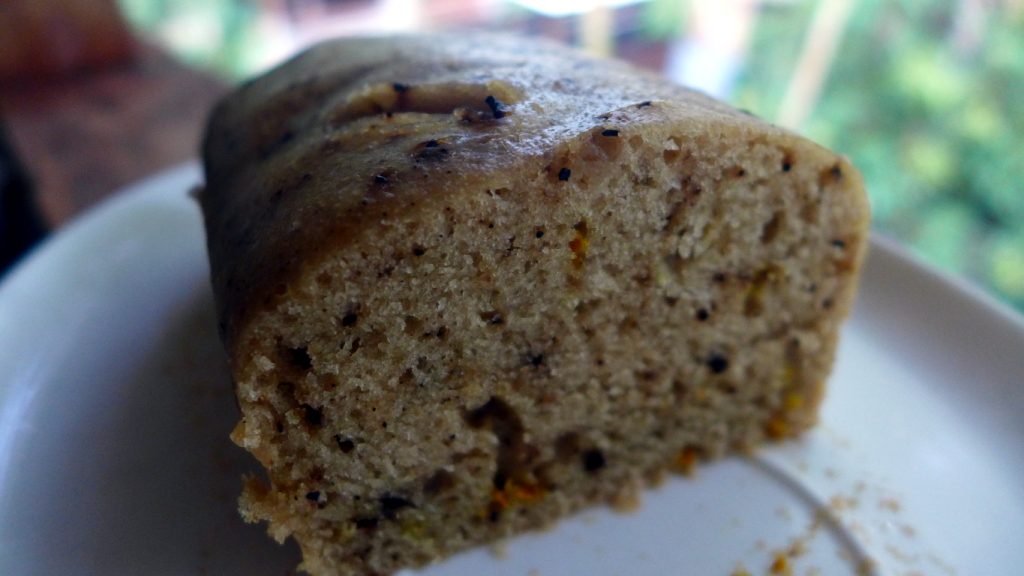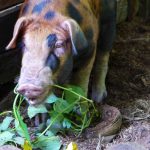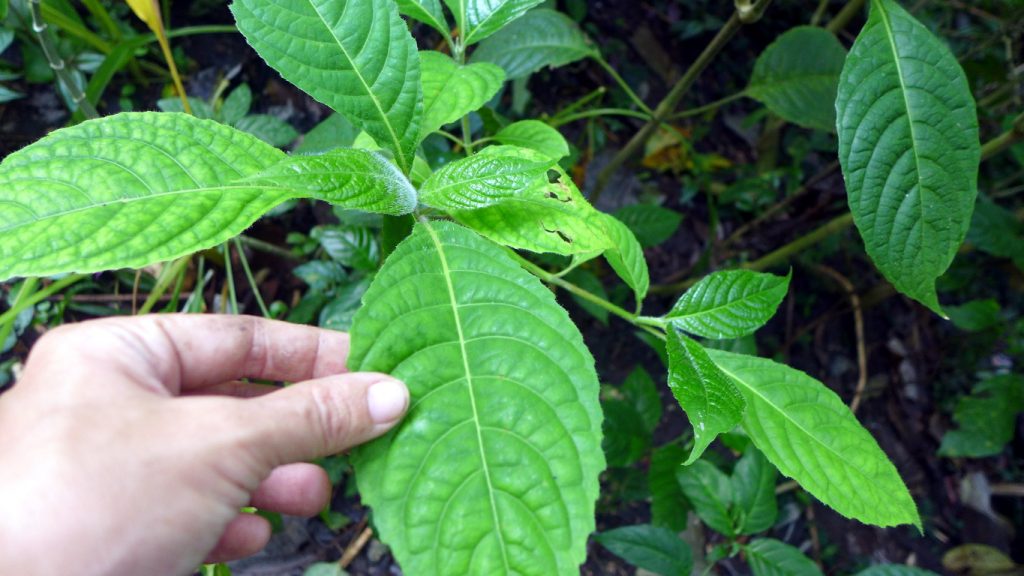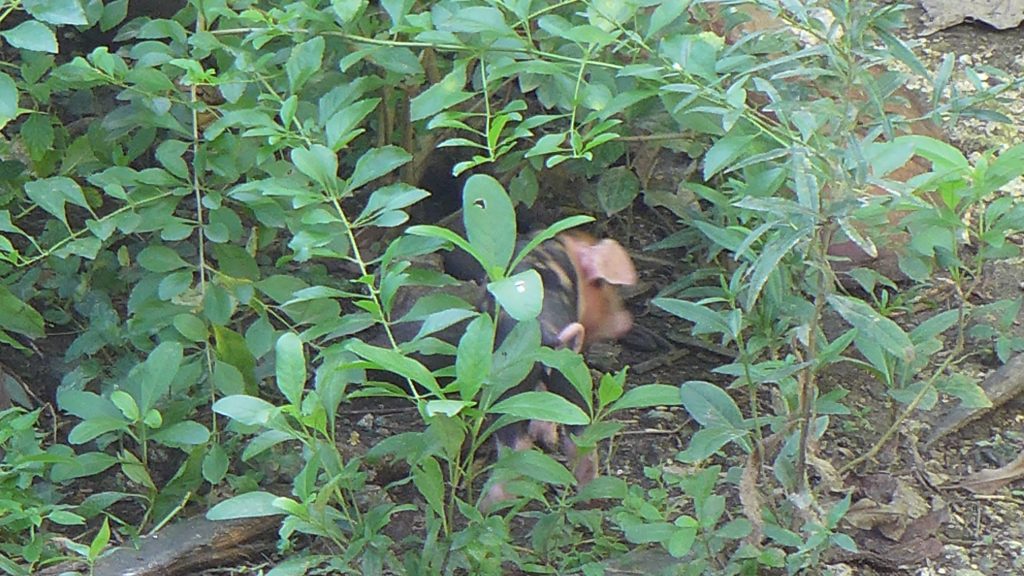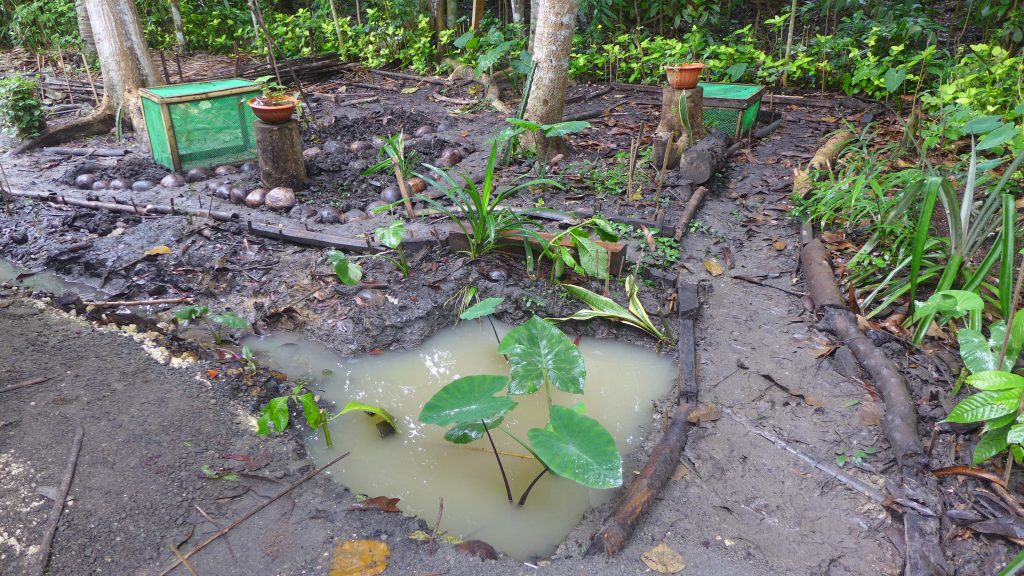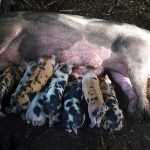Lactobacillales or Lactic Acid Bacteria (LAB) are fast-growing microorganisms found in decomposing plants, milk, as well as on human mucosal surfaces (oral, vaginal and gastrointestinal) and various food products such as vegetables, meats, sourdough bread, fermented foods, wine and dairy products. LAB produce lactic acid as the major metabolic end-product of carbohydrate fermentation. Because LAB has a high tolerance to acidity, they have the ability to out-compete other bacteria in natural fermentation, inhibiting the growth of spoilage and pathogenic agents.
LAB and Lactic Acid are the main ingredients in some commercially available organic or natural farming products such EM (Effective Microorganisms). If you are interested in making your own Lactic Acid Bacteria Serum or LABS, then read on. You may also find recipes and instructions from the following sources: (1) Natural Farming: Lactic Acid Bacteria (PDF) https://www.ctahr.hawaii.edu/oc/freepubs/pdf/SA-8.pdf / (2) Making Culturing Lactic Acid Bacteria (LAB) http://www.cgnfindia.com/lab.html / (3) Lactobacillus Serum http://theunconventionalfarmer.com/recipes/lactobacillus-serum/
How to Make Lactic Acid Bacteria Serum (LABS)
You will need:
Uncooked Rice
Clean Water (Un-chlorinated Water or De-chlorinated Water)
Milk (liquid fresh milk, either raw, pasteurised or UHT)
Cheesecloth (or porous paper) and elastic rubber band
Clear containers (glass or plastic) with wide mouth
Rice water washing will be used as the carbohydrate source for collecting lactic acid bacteria from the air. So this method is best for people who eat rice regularly and can use the rice washing instead of discarding it. If you don’t have rice, you can use other sources such as beans. I have never tried using beans for making LABS before. However, I include the general instructions for using beans below.

To make LABS, I use uncooked white rice – cheap bukid rice is sufficient. I have also used red rice, pink rice and brown rice and a combination of these with white rice. Some people experience problems with long-grain rice or organic brown/red rice, perhaps because the rice is irradiated or contaminated with arsenic (especially rice coming from the US, India and Bangladesh where the soil is contaminated with arsenic due to rising levels of industrial pollution).

Put equal volume water in the rice and massage the rice in the water. This will result to milky white colour in the water. Collect this water which we now call “rice washing”.
Some people use tap water disinfected with high amounts of chlorine. This can kill bacteria and prevent lactic acid bacteria from proliferating. It is best to use de-chlorinated water. You can de-chlorinate water by collecting tap water in a wide mouth container and leaving for 24 hours. Or you can use filtered water. Our tap water is not heavily chlorinated so I have had success using tap water. It really depends on the quality of your water.

Pour the rice washing in a clear container with a wide mouth. I have used glass and plastic with success. It is important that the container has a wide opening to allow air circulation. It is also important that the container is made of clear material so that we can observe the liquid inside. Label the container, especially the date of collection. I sometimes include the expected due date and the average room temperature in the label.

Cover the opening of the container with a clean cheesecloth to prevent flies and other insects from contaminating the rice washing. Use elastic rubber band to keep the cheesecloth in place. Then wrap the container in cloth or paper or other material to prevent light from entering. Keep the container in a dark location.
In temperatures of 25-30 degrees C, the rice washing should be ready in 2-3 days. In cooler temperatures, it may take up to one week or more. Just observe the rice washing daily. What we are looking for is the settling of rice dust in the bottom of the container, the presence of some residue and sometimes kahm yeast on the surface of the rice washing and the mildly sour smell indicating the onset of fermentation with lactic acid bacteria.

Above photo shows the rice washing after 24 hours. It does not have a sour smell so I waited another 24 hours.
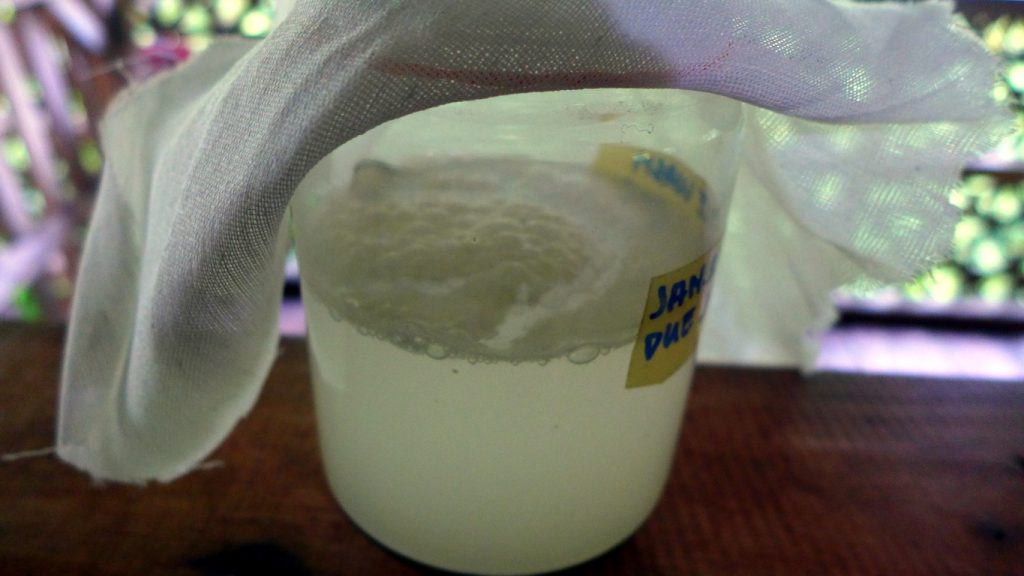
Above photo shows the rice washing after 2 days. It has a mild sour smell and the presence of some kahm yeast is visible on the top of the rice washing. This is ready for the next stage of making LABS.

For the next stage of making LABS, I use a pitcher, 1 liter of milk and the rice washing. The pitcher is large enough to accommodate the milk and the rice washing. It is also made of clear material so I can easily observe the liquid inside. The milk I prefer to use is “Conaprole” brand from Uruguay. It is cheaper than other milk of similar type and is made only of whole milk. I avoided milk that were made with milk powder or fortified with vitamins. I have not used raw or un-pasteurised milk because it is not easy to get and is very expensive.
Some people have success with powdered milk. I have no success with powdered milk. It probably depends on the quality of powdered milk available in your location. If you use powdered milk, remember to use de-chlorinated water with your milk powder.

I poured the milk into the pitcher. Then I poured the rice washing into the milk through a cheesecloth to filter the residues. The ideal ratio of milk to rice washing is 10:1. Sometimes I add a little more rice washing.

Cover the opening of the container with a cheesecloth to prevent flies and other insects from contaminating the milk-rice washing mixture. I put the cover of the pitcher over the cheesecloth to secure the cloth and at the same time allow air to flow through the cloth.

Wrap the container with cloth or paper to prevent light from entering. Keep the container in a cool and dark place. Allow the milk-rice washing to ferment. It may take 2-3 days in warm environments. It may take 5-7 days in cooler environments (19-24 degrees C). Observe the milk-rice washing mixture every 24 hours.
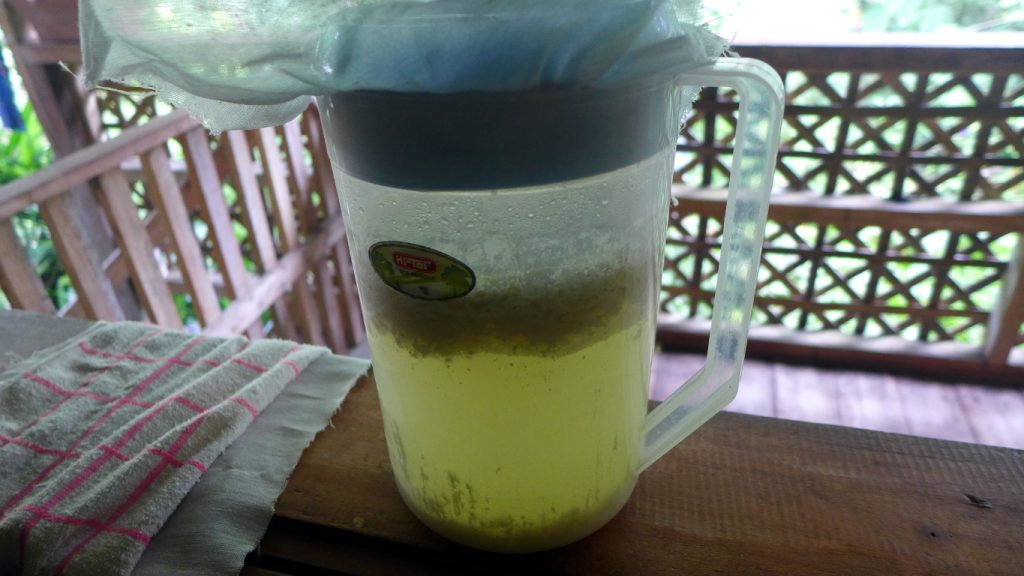
You will know the LABS is ready when the milk separates into three parts: top layer (curd), middle layer that is clear, yellowish in colour (whey) and bottom layer (lees or other sediment). It is the yellowish liquid that we need to collect, this is the Lactic Acid Bacteria Serum. The liquid should smell mildly sweet sour. If you wait too long, the liquid may smell rotten, in this case, other bacteria have colonised the mixture. Discard or put in the compost.
To separate the curd from the whey, you may cut the curd and scoop it out. Then pour the middle yellowish liquid into a clean container through a cheesecloth to strain it and filter out unwanted residues. Don’t include the bottom layer when you pour – it is best to pour gently and not disturb the bottom layer which could contaminate the serum. Discard or compost the bottom layer.
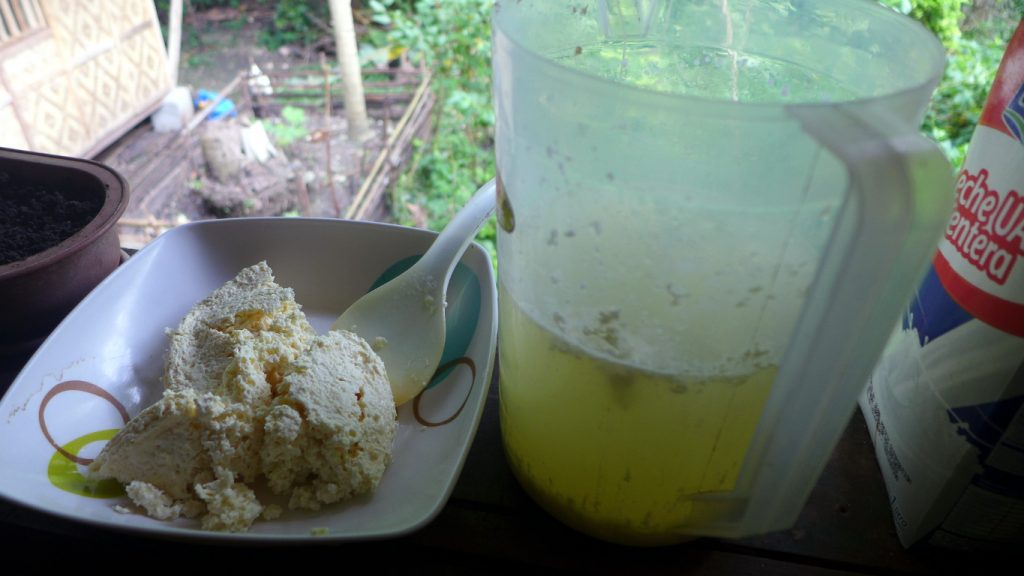
The top layer (curd) maybe be collected and used as compost or mixed with animal feeds. The curd tastes sour indicating high amounts of lactic acid. Some people eat the curd (it is actually fermented cheese) usually after hanging it and mixing it with salt. However, the high amount of lactic acid may cause teeth to decay (dental caries). Some people may also find the flavour of this cheese too strong and sour.

Keep the yellowish liquid (the serum) in bottles. This is the Lactic Acid Bacteria and should be kept alive by keeping in the refrigerator. You will notice tiny bubbles indicating active fermentation. Do not seal the bottles tightly as this prevents air from escaping and may cause the bottles to explode when air pressure increases. So, just keep the bottles loosely capped.
If you cannot keep the LABS in the refrigerator, you can keep the bacteria alive by mixing the serum with equal amount (by weight) of brown sugar. The brown sugar acts as a kind of stabilising agent for the bacteria, keeping the bacteria alive in a stable dormant stage while at room temperature. Always keep the bottles loosely capped to release gasses as the LABS continue to ferment.
1 liter of milk makes about 500ml of LABS. When diluted, this would be about 500 liters for spraying.

How to Use LABS
Personally, I use LABS on a regular basis. I dilute the serum in water and use the diluted LABS as soil and leaf spray, spray on wood chip beddings of pigs and add to drinking water of animals. Generally, I use 2tbsp LABS with 1 liter of water. The benefits and uses are:
- To aerate the soil and improve the texture of compacted soil, I sprinkled LABS on the soil of the western garden. I apply diluted LABS on the soil at least twice a month.
- To facilitate decomposition of organic matter, I spray or sprinkle diluted LABS on compost consisting of dry coconut leaves, wood chips, dry and green twigs and branches, animal manure and kitchen scraps. Since LABS improves air circulation in soil and organic matter, I have observed increased drying of green composting materials and faster decomposition of animal manure and kitchen scraps.
- To reduce irritating odors in the pigpen, I spray diluted LABS directly on pig manure and on the pigpen bedding (wood chips on top of soil), and add diluted LABS to the pigs’ drinking water. I have observed that 24-48 hours after spraying diluted LABS to the pigpen, irritating ammonia and urine odors are lessened. There is what seem to be like the odor of decomposing grass.
- To encourage leafy vegetables and the leaves of ornamental plants to grow faster and become more green and shiny, I spray diluted LABS under the leaves of the plants. Take care not to use too strong LABS by diluting at a ratio of water to LABS at 1000:1. I have noticed some plants’ leaves burn or curl up when too strong LABS is applied. I use diluted LABS as foliar spray at least once a week.
- To repel pests and disease, I spray affected plants with diluted LABS. I prefer to use LABS without the added sugar since I notice that sugar attracts pests.
According to the “Korean Natural Farming Handbook”:
- Lactic acid bacteria are very effective in improving air ventilation in soil and are highly effective at promoting the growth of fruit trees and leaf vegetables.
- The lactic acid or organic acid produced has a PH of 2 and thus possesses strong sterilization power.
- As lactic acid bacteria are conditionally anaerobic being able to survive with or without oxygen and in high temperatures.
- Lactic acid decomposes or chelates minerals stuck to soil particles which are not easily dissolved; this making the minerals available in a form plants can absorb.
- Furthermore, when plants absorb lactic acid their bodily fluids are adjusted and they become more resistant to disease and can also withstand heavy rain without becoming soft.
- LAB is also extremely effective at encouraging plants to produce large fruit and leaves. However care should be taken since if you use too much the sweetness will drop. Thus, in the case of fruiting plants you should use less LAB in the later stages to manage proper sugar levels.
- Combine LAB to IMO (Indigenous Microorganisms) and spray onto the fields. Anaerobic organisms are powerful tillers, digging into the soil and making it soft and fluffy.
- Feeding LAB and FPJ (Fermented Plant Juice) to your livestock when they are suffering from disease will help to restore their digestive systems.
Making Labs Using Beans (from the “Korean Natural Farming Handbook”):
- Steam beans.
- Add a little sugar and grind in a mixer.
- When the milk is warm pour it into a sterilized bottle.
- Seal the bottle and put it in the refrigerator.
- As time passes the liquids and solids will separate inside the bottle. The liquid in this bottle is pure natural lactic acid bacteria. This method is advantageous in selectively separating lactic acid bacteria that can withstand high temperatures close to 100 degrees centigrade.
Why is Rice Washing and Milk Preferred in Making LABS in Natural Farming?
According to natural farming documentations, rice washing is used at the moment of harvesting LABS in the air because rice washing is a nutrient-poor medium for lactic acid bacteria. This ensures that only the stronger bacteria are collected. After the initial harvesting of lactic acid bacteria, milk is used. Milk is nutrient-rich and is used in order to allow the harvested bacteria to grow vigorously.
Can I Use Other Medium for Collecting and Growing Lactic Acid Bacteria?
Yes. In some experiments, lactic acid bacteria from saurkraut was used in bioremediation of human excrement in septic tanks. Results may differ, however, since different mediums mean different types and collections of lactic acid bacteria and other microorganisms and yeasts. Natural farming favours strong microorganisms that are native to the environment and can withstand local conditions. Some medium are also easier to filter than others making the serum easier to use with sprayers and sprinklers. Microbial diversity is also favoured in many instances, ensuring balance in the environment.
Is it Possible to Culture Lactic Acid Bacteria On-Site?
Yes. This seems to be what happened to our pigpens long before we started using the natural farming method of making LABS described above. The addition of naturally fermenting windfalls of bananas and coconuts in the diet and beddings (mix of green and brown organic matter over soil floor) of the pigs resulted in a disease-free and relatively odor-free pigpen.
Help! I forgot to strain the rice washing when adding to milk! Will my LABS be OK?
It won’t be the strong pure LABS culture we’re looking for. The milk will still curdle and you’ll get the LABS but after some time (especially after diluting with water), the solution will ferment like vinegar. This is probably because the un-filtered fermented rice washing contains a lot of yeasts and other microorganisms.











